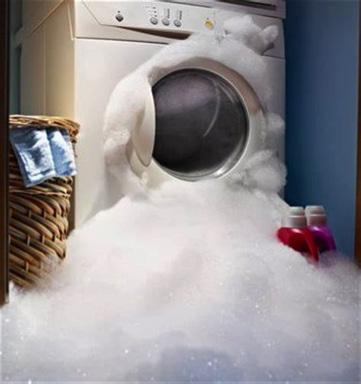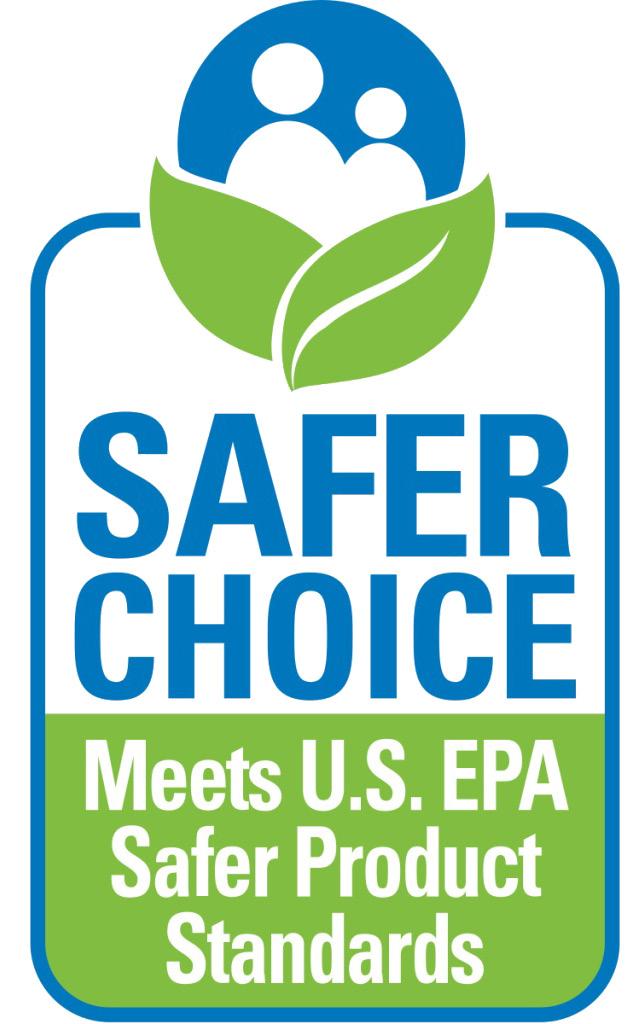
3 minute read
Surfactants: Is Doing Your Laundry Bad?
By Kenny Eiford, Environmental Engineer, NAS Sigonella Public Works
The day you’ve been dreading has finally arrived. You’re out of clean underwear and you’re wearing a dress shirt with sweatpants. It’s time to do laundry. You notice your shirt smells worse than normal. Better throw in some extra detergent just to be safe. What’s the harm?
Advertisement
Well, before we judge you too harshly for poisoning the earth in exchange for a clean shirt, let’s explore what is actually in that detergent: surfactants! “Surfactants” is shorthand for surface-active agents. The molecular structure of a surfactant molecule reduces the surface tension of a liquid by attracting solids on one side and clinging to water on the other. Basically, that means it makes stuff slippery. This makes surfactants ideal for use in detergents, soaps, cleaners, solvents and paints, among many other products.
So what’s the big deal? Well, at high enough concentrations, surfactants can be toxic to plant and animal life. They can also increase the solubility of other toxic substances such as pesticides, helping them spread throughout the environment. And since all detergents and soaps have surfactants, that means we are constantly washing these molecules down the drain.
At Sigonella, everything that goes down your drain goes to a wastewater treatment plant. These treatment plants establish conditions which allow the bacteria already present in wastewater to naturally degrade surfactants and other contaminants in our sewage into removable sludge, leaving only water behind. However, too many surfactants at once can overwhelm this process, making the plant less effective at filtering all waste. It can also cause other negative effects such as excessive foaming, thereby creating the grossest foam party imaginable. For all these reasons, Sigonella has set limits for surfactant concentration in our wastewater, and we need your help to meet them.
Now, before you go telling your spouse that you can’t do laundry or clean anymore because you love the planet too much, understand that no one expects you to stop using surfactants. Just try to stop using so much. As always, moderation is the key.
Here is what you can do to limit surfactant usage:
At home:
• Use only the recommended amount of any given cleaning product. It’s designed to be more than enough.
• Use products with fast-biodegrading or low surfactants. Look for products with an EPA “Safer Choice” icon on the label or search for products at https://www.epa.gov/saferchoice/products Here are some examples of “Safer Choice” products. o ECOS Dishmate Dish Soap o Seventh Generation All Purpose Cleaner o Simple Green All Purpose Cleaner o Honest Co. Laundry Detergent o Arm & Hammer Clean and Simple Detergent
• Minimize excessive waste down the drain by buying only as much as you need, or giving away whatever you cannot use.
• Lecture your friends on this topic, they will love it! (SPOILER: They will not love it, but do it anyway.)

At Work:
• Verify that products (even those purchased in town or at the NEX) are on the Authorized Use List (AUL) if they are to be used on base.
• Prior to ordering, contact the Environmental Office to see if there is a more environmentally friendly alternative.
• Obtain and read the SDS (Safety Data Sheet) of any product you use and follow guidance for product use.
• Industrial cleaners, paints, detergents, and other items containing surfactants must be designated for proper disposal by Sigonella Environmental staff, even when diluted. When in doubt, ask. Please don’t just dump it down the drain without permission.
In addition to asking for your help, Sigonella will soon be upgrading their wastewater treatment plants and installing membrane bioreactors. This should improve wastewater effluent quality overall and more effectively remove surfactants.
Thanks for your help! Let’s clean up this planet… but not with surfactants.








